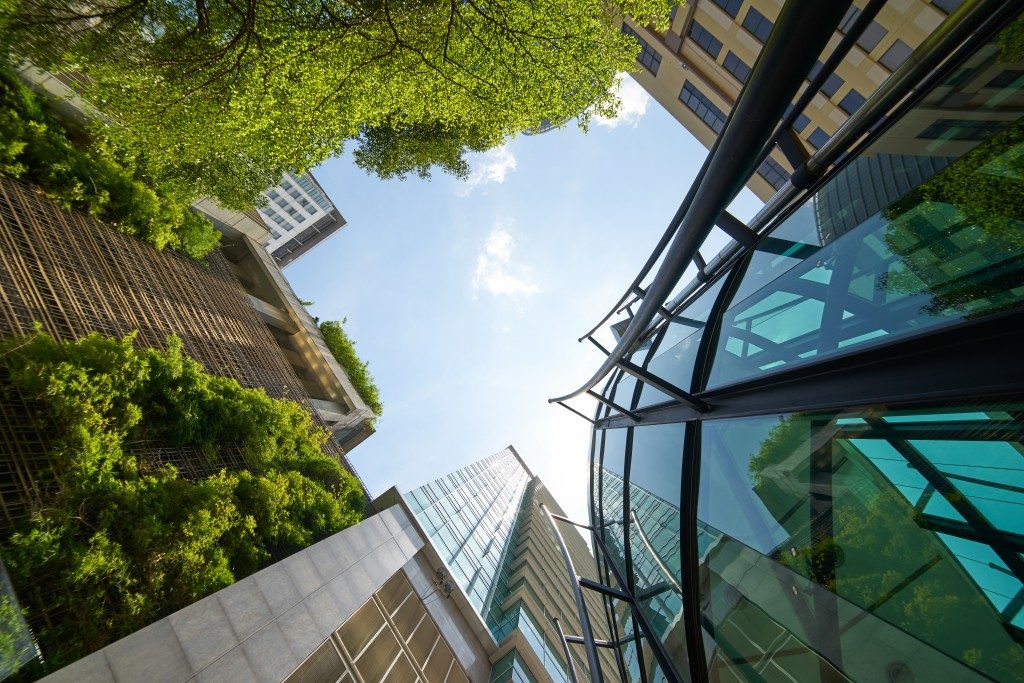Earthquakes, volcanic eruptions, bushfires, and hurricanes all seem to validate the need for us to take care of the environment more and respond to climate change. How we do construction works, whether it’s an industrial, commercial, or residential complex, must take into account the principles of environmental sustainability.
Once considered a fringe idea several decades ago, building green has now made it to the mainstream, with various companies from real estate developers to suppliers of ready mix concrete adopting the principle. If you want to build your house the greenway, the following discussion provides critical ideas for consideration:
An Overview of Building Green
A full take over of green buildings across America is perhaps still a bit far. But it’s within reach as the green building market is expected to continue to surge in the coming years. This market is already worth $81 billion as of August 2019.
The United States Green Building Council (USGBC), a nonprofit organization championing green constructions for buildings, has included LEED certification for private homes through a program that began in 2008.
Building a Green Home

Traditional homes will continue to be made, whether it’s in Sevenoaks in the UK or in Lincoln, Nebraska, for years to come. But the buzz, technology, and the current environmental circumstances will continue to push further into the mainstream, the concept of building green and sustainable homes.
- Size matters. In building green, smaller is better. Even if a large home has all the energy-saving and eco-friendly features, its impact on the environment will still be bigger than a smaller home. This is not an all-out endorsement of “Tiny Homes.” It is, instead, about being creative and flexible in your design without leaving a large footprint. Building smaller is not without sacrifices, but you gain greater efficiency with lesser maintenance costs and a reduced impact on the environment.
- Materials matter. This is an area where you could create the biggest impact. You can use sustainable materials as well as viable methods of construction from your door frame to your ceiling. One of the keys is to look for suppliers that also practice environmental sustainability, like wood suppliers that adhere to ecologically safe planting practices. Some prefabricated materials used in construction are also considered as not only sustainable but also efficient.
- Using water. Water should be as valuable as gold as a commodity. Conserving water is one way to lessen the negative impact of human civilization on the environment. Make sure that you inquire from your hardware store about faucets and other fixtures that allow for low flow. Washers should be Energy Star rated also. Building a rain harvester and channeling the supply for non-food uses, like washing cars, watering the lawn, or flushing the toilet, are excellent ways to save on freshwater.
- Solar power. Harvesting the sun’s energy and turning it into a source of electricity has been a technology project since the mid-1800s. Today, various companies all across America are offering roof solar panels capable of shouldering a significant percentage of an average home electricity requirement. A 2018 model 65” x 39” solar panel can generate 320 watts, which could power more than five 60-watt bulbs.
Designing your house based on your land or how it slopes also contributes to reducing environmental impact. So does choosing the right insulation materials. There’s more to add to this list. Consult a builder specializing in environmentally sustainable construction to build your green home.

